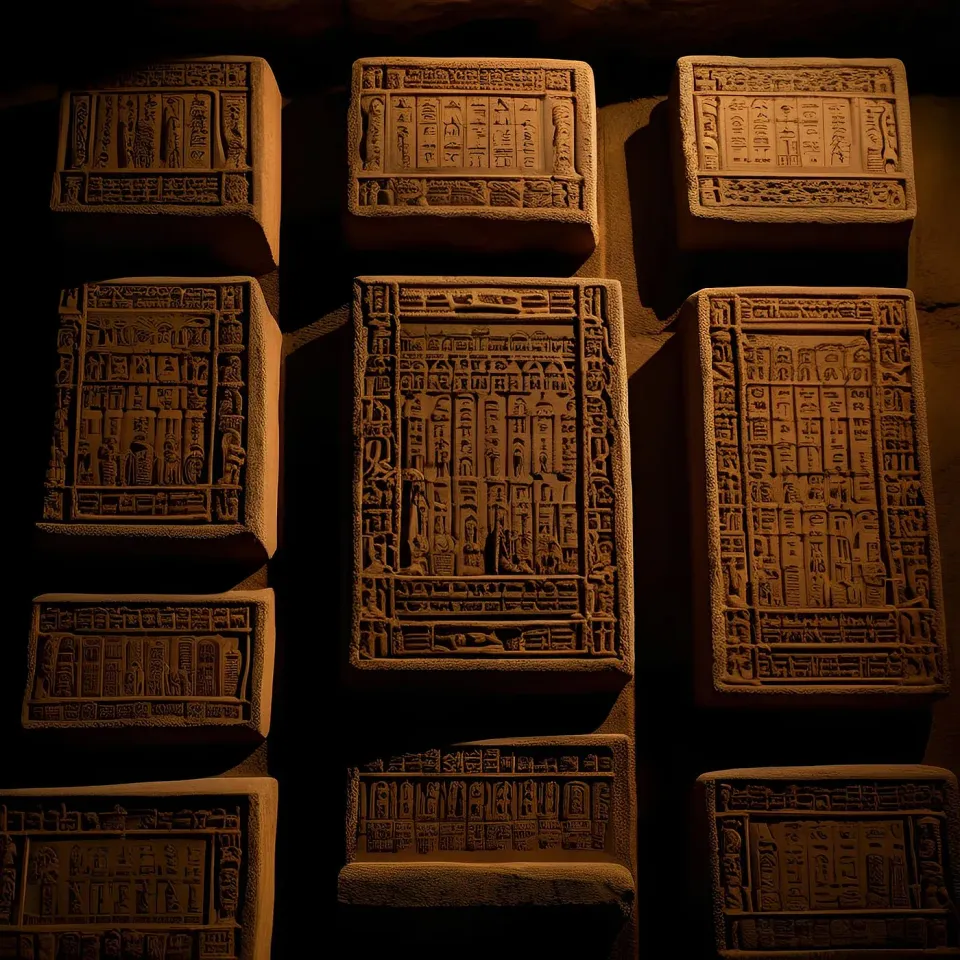The Lord's Prayer As A Developing Tradition
The Gospels as a Developing Tradition Pt. I

Anyone with any familiarity or exposure to Christianity has likely heard of the Lord’s Prayer. This is easily Jesus’s most known prayer and has been so throughout Christian history in Protestant, Catholic, and Orthodox traditions alike. While Protestant and Orthodox churches refer to this prayer as “The Lord’s Prayer,” those coming from a Catholic tradition are likely used to hearing this prayer referred to as the “Our Father.”
I AM JAMES GÓMEZ is a reader-supported publication. To receive new posts and support my work, consider becoming a free or paid subscriber.
Despite this prayer being the most well-known of Jesus’s prayers, what most Christians don’t know is there are three primary versions of this prayer. As such, this prayer is the perfect place to begin walking through how the Gospels, in particular, and the Bible, in general, is not a book handed down to us from God but are the result of a developing tradition handed down to us by ancient Israel and the early Christian community.
Each Version of the Lord’s Prayer
The three versions of the Lord’s Prayer are found in Matthew 6:9b-13, Luke 11:2b-4, and a late first-century Christian document known as the Didache (pronounced dih-da-kay), which means teaching. Let’s take a look at each version of this prayer below.
Matthew 6:9b-13 (NRSVue)
‘Pray then in this way:
Our Father in heaven,
hallowed be your name.
10 Your kingdom come.
Your will be done,
on earth as it is in heaven.
11 Give us this day our daily bread.[a]
12 And forgive us our debts,
as we also have forgiven our debtors.
13 And do not bring us to the time of trial,[b]
but rescue us from the evil one.[c]
Luke 11:2b-4 (NRSV)
2 He said to them, ‘When you pray, say:
Father,[a] hallowed be your name.
Your kingdom come.[b]
3 Give us each day our daily bread.[c]
4 And forgive us our sins,
for we ourselves forgive everyone indebted to us.
And do not bring us to the time of trial.
Didache 8.2b-3
Our Father who art in heaven, hallowed be thy name. Thy kingdom come, thy will be done, as in heaven so also upon the earth. Give us today our daily bread. And forgive us our debt as we forgive our debtors. And lead us not into trial, but deliver us from the evil one. For thine is the power and glory forever.
An Analysis of the Lord’s Prayer
Of the three versions, Matthew and the Didache are the most familiar to the Christian mind, while Luke’s is the least familiar. This is due in large part to how short Luke’s version is. Compared to Matthew and the Didache, here is what’s missing from Luke’s version of the prayer:
- “who art in heaven.”
- “thy will be done on earth as it is in heaven.”
- “but deliver us from evil.”
The other difference between Matthew and Didache compared to Luke is in the slight wording shift between Matthew/Didache's “Forgive us our debts” and Luke’s “Forgive us our sins.”
What’s also worth noting is how Matthew’s version leaves something wanting to the Protestant ear. To Catholics, Matthew’s prayer is memorized and recited verbatim, whereas Protestants use Matthew’s prayer but add the Didache’s doxology at the end “For thine is the kingdom and the power and the glory forever.”
So what are we to make of these differences in these three versions? Should we believe that Jesus taught three different versions of this prayer? Furthermore, are we supposed to believe that the early Christian community remembered each version verbatim?
Understanding the Cause for Similarities Between the Prayers
Let’s start by understanding where the similarities between the versions come from. To make sure we are on the same page, here’s a quick summary of the overlap between all three versions of the prayer.
- There’s an introductory address to God “Father”
- A petition for hallowing God’s name
- A petition for the kingdom to come
- A petition for daily bread
- A petition for forgiveness (of either debt or sins)
- A petition to preserve through trial
Now, let me apologize ahead of time because I’m about to get nerdy for a few paragraphs. Most scholars, Evangelical and Mainline agree the similarities between the prayers in Matthew and Luke are the result of Q material.
If you’re unfamiliar with Q, here’s the TLDR; Q is an early (50’s C.E.) gospel source made up of approximately 200 verses that are primarily sayings of Jesus. There is no birth story, miracles, death, or resurrection. Q is essentially a collection of sayings of the master Jesus.
It’s important to note that Q sources indicate material shared by Matthew and Luke but not Mark. This is also true for John, but almost nothing from Matthew, Mark, and Luke is in John, so we’ll just leave that gospel for another day. Understanding Q as explaining the overlap between Matthew and Luke, we are left with two possibilities.
- Matthew added to an originally shorter prayer. Said more crass, Matthew added words to the mouth of Jesus.
- Luke shortened an originally longer prayer. Again to say plainly, Luke took words out of Jesus’s mouth.
There isn’t a consensus as to which of the two possibilities is more likely, but in my opinion, I believe Matthew added to a shorter prayer. I believe this because Matthew’s version works really well, as is, as a liturgical prayer. Meaning I can see Matthew adding to the original prayer in Q and Luke for the purpose of creating a more rhythmic and balanced prayer that could be easily memorized by the early Christian community.
How the Lord’s Prayer Shows a Developing Tradition
Having unpacked that there are three (technically four if you include Q) versions of the Lord’s Prayer that share overlap but also clearly have differences, we can now answer the question, ‘How does the Lord’s Prayer demonstrate a developing tradition?’
Three or four (if you count Q) versions of this prayer are best understood as versions of a single prayer that was developed in three or four different early Christian communities. With Matthew in particular, we see the biblical author adapting and reshaping the prayer for use in the corporate and liturgical life of the community.
Now, how egotistical or ignorant would Matthew have to be if the Lord’s Prayer was given to him directly from God, and he has the audacity to change it?! My money is that Matthew was neither. Rather, I believe Matthew understood the prayer not as God’s words, but as concerns of Jesus that he could now use to help his Christian community pray for the same things that mattered to Jesus.
At the heart of the Lord’s Prayer aren’t God’s specific words, its power and timeless value lie in how it reflects the convictions and teaching of concerns Jesus cared about.
I AM JAMES GÓMEZ is a reader-supported publication. To receive new posts and support my work, consider becoming a free or paid subscriber.




